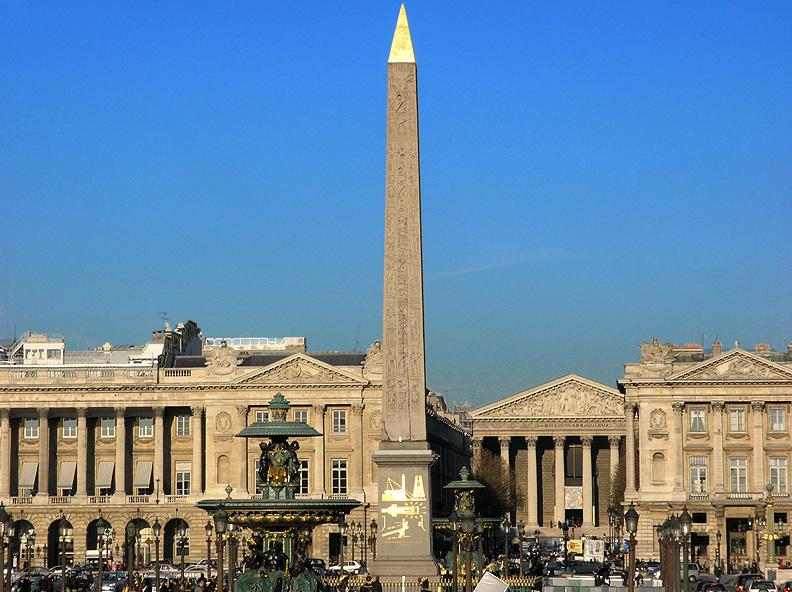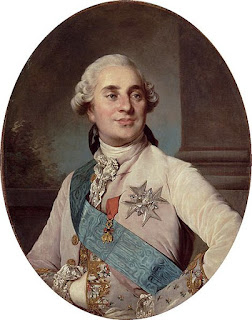Built from ochre rich rock dug from the surrounding area Roussillon seems to glow from the top of a hill in the Luberon area of Provence. The brightly coloured local earth and rock has been put to many uses over the centuries. The Romans used it in pottery glazes and the bright yellows, reds and oranges were used as dyes in the textile industry for hundreds of years until the 1930s.
Centuries of erosion and quarrying have left strange but impressive rock and cliff formations in and around the village. A walking trail - Le Sentier des Ocres - leads through this red landscape.
You can visit a former ochre mine/factory which has been turned into a museum and shows how the ochre was made into pigment. The Conservatoire des Ocres et Pigments Appliques is on the D104 outside the village in the direction of Apt. L'Usine d'ocre Mathieu.
Also known as the Colorado Provencal, some of the scenery in the area is reminiscent of Australia's red centre.
Playwright Samuel Beckett, who wrote in English and French, lived in Roussillon between 1942 and 1945, where he helped the Resistance by hiding arms in his garden. He mentions the village in Waiting for Godot when Vladimir tells Estragon that everything there was all red. While the two tramps wait for Godot, who of course never turns up, the unlikely subject of the vendange (wine harvest or grape picking) and red Roussillon in Provence crops up. Theatre of the absurd indeed.
Officially one of the most beautiful villages in France, as given the stamp of approval by Les Plus Beaux Villages de France, an association set up in 1982, which aims to:
"avoid certain pitfalls such as villages turning into soulless museums or, on the contrary, "theme parks". Our well-reasoned and passionate ambition is to reconcile villages with the future and to restore life around the fountain or in the square shaded by hundred-year-old lime and plane trees."
The association has approved over 150 villages, which have to meet certain criteria, in 21 regions and 69 departments.













